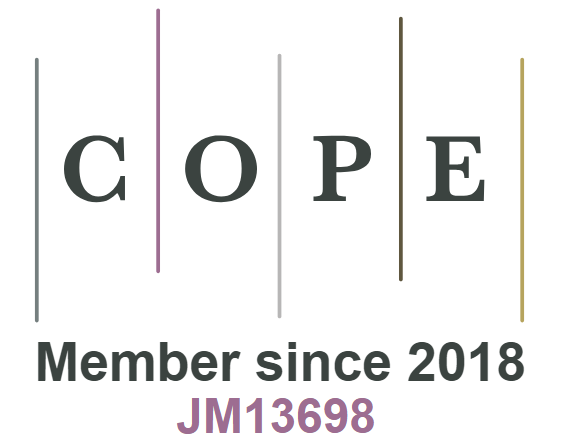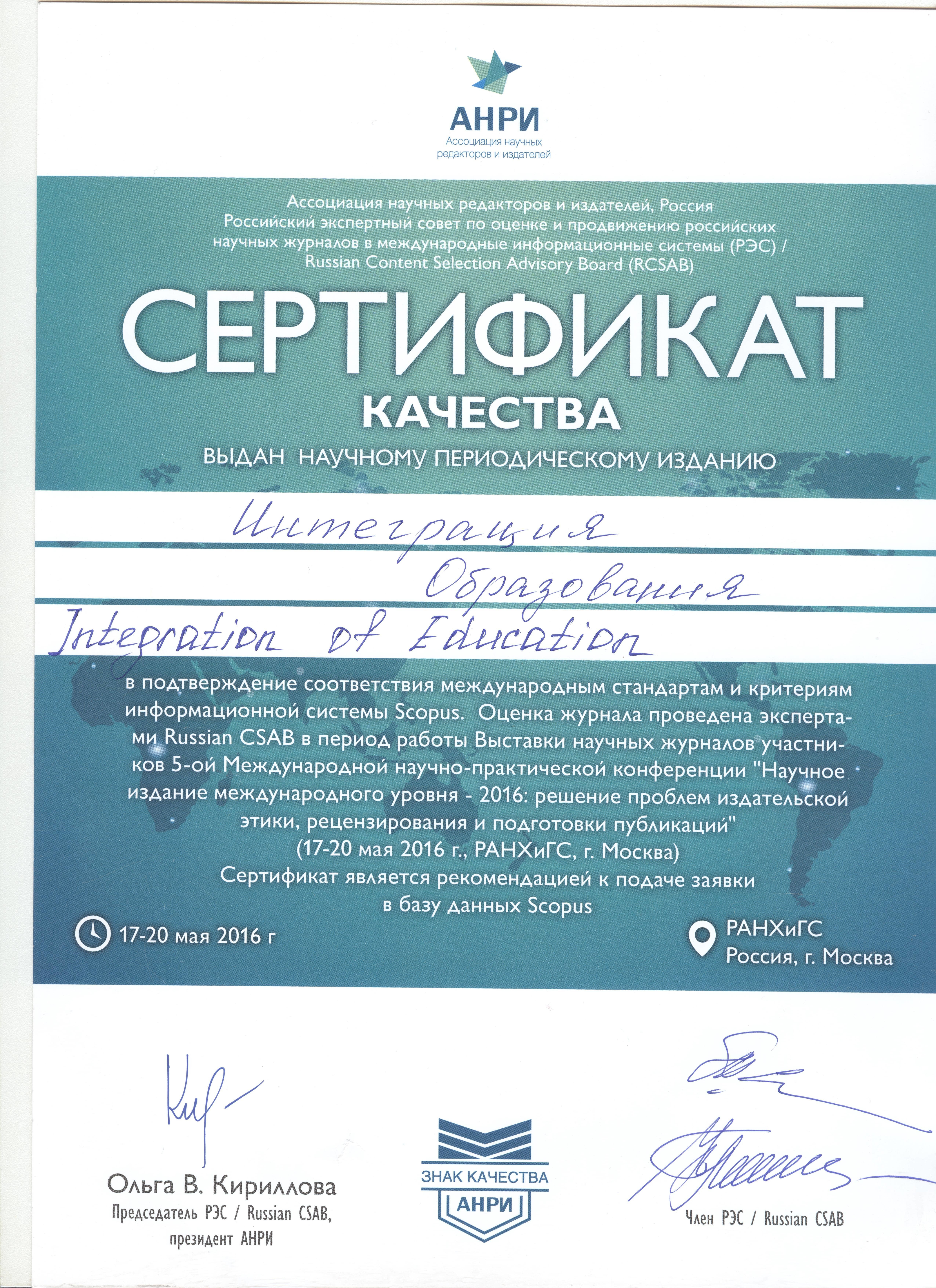УДК 82-1:821.11“18”
DOI: 10.15507/Inted.079.019.201502.109
“HEBREW MELODIES” BY GEORGE GORDON BYRON: DESCRIPTIVE POEMS AND THEIR STYLISTIC AND LINGUOPOETIC PECULIARITIES
Krasnikova Lara Vladimirovna
(member of Public Relations department of OJSC “NIIME i Mikron” (12, building 1, Zapadnyy 1st Str., Moscow, Russia), post-graduate student of English Linguistics chair of Moscow State University (1, Leninskie Gory Str., Moscow, Russia), This email address is being protected from spambots. You need JavaScript enabled to view it.)
Linguopoetic analysis of literary texts is called upon to explain their aesthetic value in connection with the relative significance and the function of stylistically marked linguistic elements used in them. Considering the form and the content of a text simultaneously is the indispensible feature to ensure the productiveness of a linguopoetic study. Stylistic analysis helps to create a preliminary idea of the form while the discussion of the content becomes relevant after defining the narrative orientation of the text (a case of description, contemplation or volition). In the given article the above theory is applied to studying of generally recognized poetic masterpieces – George Gordon Byron’s poems from “Hebrew Melodies”. The descriptive poems from this poetic cycle prove to be truly unique because they are quite contrary to the traditional ways of production of descriptive texts, typically having insufficient connotativeness and predominantly paratactic syntactic arrangement. Byron’s poems often contain a considerable number of stylistically marked units and highly complicated syntactic constructions (though poems in which the more traditional ways of presenting descriptive content are applied may be found in “Hebrew Melodies” as well). This leads to deceleration of narration and creates the necessary conditions for foregrounded usage of connotative elements and creation of additional associative chains, which is more frequently found in other narrative types. All this contributes to solemnity of the texts and aesthetic impression produced by them due to the skillful interweaving of formal and conceptual characteristics, which predetermine the linguopoetic uniqueness of “Hebrew melodies”. The results obtained in the course of the analysis are significant not only for the development of the linguistic theory, but in practical sense as well. They are useful since stylistics and linguopoetics form the indispensable part of modern philological education, contributing to increase of the level of linguistic proficiency of all those involved in the studies in question.
Keywords: linguopoetics; narrative type; description; linguopoetic func tion; stylistically marked unit.
For citation: Krasnikova L. V. O stilisticheskoj i lingvopojeticheskoj specifike opisatel'nyh stihotvorenij iz cikla “Evrejskie melodii” Dzh. G. Bajrona [“Hebrew melodies” by George Gordon Byron: descriptive poems and their stylistic and linguopoetic peculiarities]. Integracija obrazovanija = Integration of Education. 2015, vol. 19, no. 2, pp.109-116. DOI: 10.15507/Inted.079.019.201502.109





























